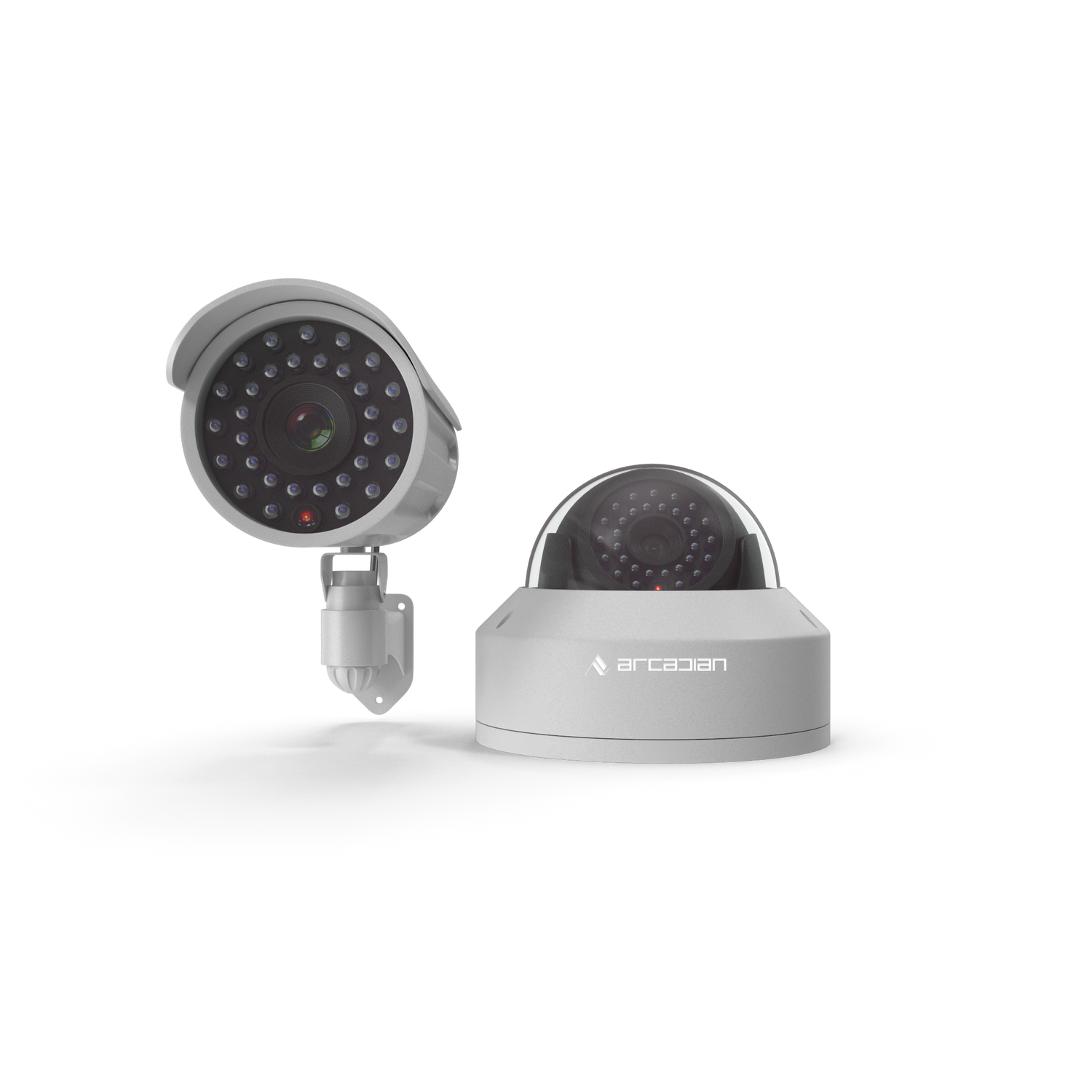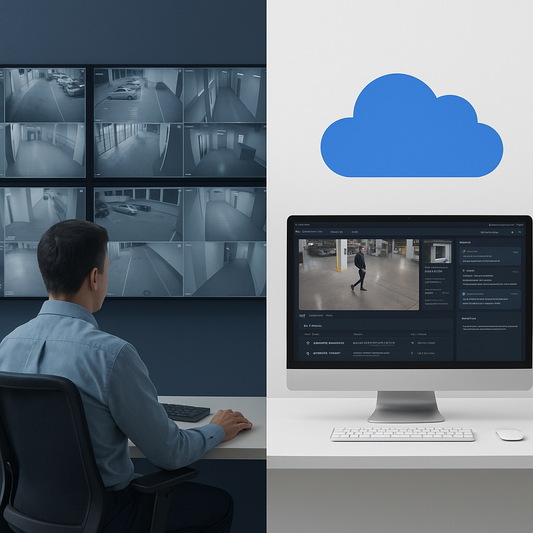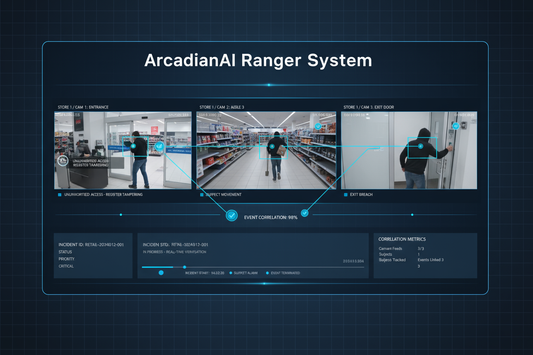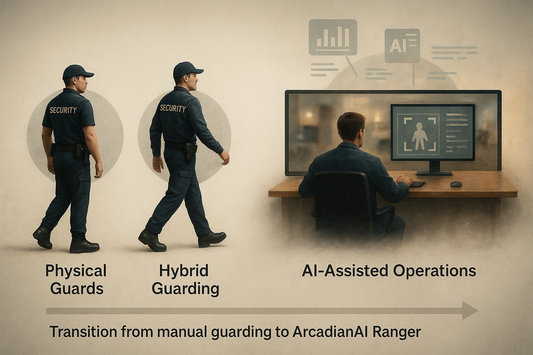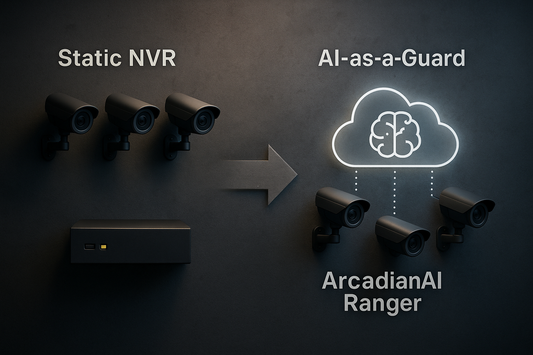Top 10 Cybersecurity Threats in 2025 and How to Defend Against Them
Cybersecurity in 2025 is more complex than ever. From AI-powered phishing to deepfake scams, here are the top 10 threats and how your business can fight back.

Introduction
What do MGM Resorts, Change Healthcare, and MOVEit have in common? All were high-profile victims of cyberattacks between 2023 and 2024, collectively losing billions of dollars and exposing the personal data of millions.
Welcome to 2025 — where cybersecurity is no longer just an IT problem but a boardroom concern. With the rise of AI, quantum computing advances, and geopolitical instability, threat actors are evolving faster than ever. From sophisticated ransomware-as-a-service (RaaS) to deepfake-enabled fraud, organizations of all sizes are under siege.
This post breaks down the top 10 cybersecurity threats of 2025 and provides actionable strategies and tools to defend against them — using real examples, leading tools, and practical recommendations.
Whether you're a business leader, security professional, or startup founder, this guide will help you understand the digital battlefield and arm yourself accordingly.
Quick Summary / Key Takeaways
-
Ransomware-as-a-Service (RaaS) now dominates global cybercrime.
-
AI-driven phishing and deepfakes are fooling even trained employees.
-
Critical infrastructure and supply chains are prime targets.
-
Zero-trust architecture and proactive threat intelligence are key defenses.
-
Brands like CrowdStrike, SentinelOne, Cloudflare, and ArcadianAI offer modern protection.
Background & Relevance
Cybercrime costs are expected to reach $13.8 trillion globally by 2028 (Statista). In 2024 alone, the average data breach cost hit $4.45 million, up from $3.86M in 2020 (IBM Security Report).
High-profile breaches are now weekly news:
-
MGM Resorts (2023): Social engineering led to a shutdown of resort operations, costing over $100 million.
-
MOVEit (2023–2024): Zero-day exploit exposed data of 62 million individuals, affecting hundreds of companies.
-
Change Healthcare (2024): A ransomware attack paralyzed a critical healthcare network and led to national disruptions.
From governments to SMBs, nobody is immune.
Top 10 Cybersecurity Threats in 2025 and How to Defend Against Them
1. Ransomware-as-a-Service (RaaS) 3.0
Ransomware isn’t new — but it’s now franchised.
Groups like BlackCat/ALPHV, LockBit, and Clop offer RaaS kits, letting low-level hackers deploy sophisticated attacks. In 2024, LockBit was linked to attacks on Boeing and the Royal Mail.
Defensive Strategies:
-
Immutable backups (e.g., via Veeam or Rubrik)
-
Endpoint Detection & Response (EDR): SentinelOne, CrowdStrike Falcon
-
Network segmentation and zero-trust models
-
Ransomware-specific insurance policies
2. AI-Powered Phishing & Deepfake Attacks
Using ChatGPT-like LLMs, hackers craft perfect emails, texts, and even voice messages. Deepfake phone calls impersonating CEOs have already led to fraudulent fund transfers exceeding $35 million (Forbes).
Real-World Case:
In 2023, an employee at a Hong Kong firm wired $25M to fraudsters after a deepfake video call impersonated their CFO.
Defensive Strategies:
-
AI email security platforms: Abnormal Security, Barracuda Sentinel
-
Voice biometrics & two-factor human verification
-
Security awareness training using simulated deepfakes
-
Use ArcadianAI's video surveillance with audio/visual anomaly detection for high-risk facilities.
3. Supply Chain Attacks
Attackers are no longer going through the front door — they’re exploiting your vendors.
Notable Breaches:
-
MOVEit Transfer (Progress Software): A zero-day exploited by Clop affected BBC, British Airways, and hundreds more.
-
SolarWinds (2020) still echoes through 2025 as a wake-up call for supply chain visibility.
Defensive Strategies:
-
SBOM (Software Bill of Materials) audits
-
Continuous vendor risk assessments: Use tools like UpGuard or SecurityScorecard
-
Zero-trust and privileged access management (PAM)
4. Cloud Misconfigurations
With more businesses on AWS, Azure, and GCP, misconfigured buckets remain a goldmine for hackers. Misconfigurations caused 80%+ of cloud breaches (Gartner).
Defensive Strategies:
-
Use Cloud Security Posture Management (CSPM): Wiz, Prisma Cloud, Lacework
-
Automated compliance scanning and continuous audit trails
-
Multi-cloud security policies and IAM role hygiene
5. IoT & Smart Device Vulnerabilities
By 2025, over 75 billion IoT devices will be connected, from baby monitors to smart locks. These devices often lack patching or authentication protocols.
Real Concern:
In 2024, a casino was breached via a smart fish tank thermometer connected to its internal network (TechCrunch).
Defensive Strategies:
-
Segment IoT devices on separate VLANs
-
Deploy Edge Firewalls (e.g., Fortinet, Palo Alto Networks)
-
Use device detection platforms like Armis
-
Update firmware and enforce network access control (NAC)
6. Insider Threats
Disgruntled employees, third-party contractors, or negligent behavior can be just as dangerous as external threats. Over 25% of data breaches are due to insiders ([Verizon DBIR 2024]).
Defensive Strategies:
-
User Behavior Analytics (UBA): Observe anomalies in file access, downloads, or login patterns
-
Strict role-based access control (RBAC)
-
Monitor using SIEM tools like Splunk or Sumo Logic
7. Zero-Day Exploits
Zero-days are increasingly being sold on the dark web for millions. In 2024, Apple patched three zero-days within a single month exploited via iMessage and Safari.
Notable Attacks:
-
MOVEit (SQL injection zero-day)
-
Ivanti VPN exploits in government and telecoms
Defensive Strategies:
-
Regular threat intelligence feeds (e.g., Recorded Future, Mandiant)
-
Use AI-powered patch prioritization tools
-
Adopt virtual patching for legacy systems
8. AI Model Poisoning & Adversarial Attacks
As organizations integrate AI, attackers are learning how to poison the models themselves — changing outputs, hallucinating false facts, or creating biased results.
Concern:
In security platforms, poisoned AI can ignore malicious behavior or flag false positives.
Defensive Strategies:
-
Train models with clean, verified datasets
-
Use model validation tools and red teaming
-
Employ platforms like HiddenLayer for ML security
9. QR Code & MFA Bypass Attacks
QR code phishing (quishing) and MFA fatigue attacks surged in 2024. Attackers trick users into entering credentials into fake mobile login screens.
Example:
Uber was breached in 2022 via MFA push fatigue — and similar techniques are evolving in 2025.
Defensive Strategies:
-
FIDO2-compliant hardware tokens (YubiKey)
-
Avoid QR codes for critical authentication
-
Use context-aware MFA (e.g., location, device fingerprinting)
10. Cyberwarfare & Nation-State Attacks
With ongoing geopolitical tensions (Russia-Ukraine, China-Taiwan, Israel-Iran), 2025 has seen a spike in nation-state cyber campaigns.
Examples:
-
Volt Typhoon (China) targeting US infrastructure via living-off-the-land (LotL) tactics
-
Sandworm (Russia) disrupting energy grids
Defensive Strategies:
-
Collaborate with national CERTs (e.g., CISA, CCCS)
-
Use critical infrastructure monitoring platforms
-
Participate in red team/blue team simulations
Comparisons & Use Cases
| Threat | Traditional Solution | Modern Defense (2025) |
|---|---|---|
| Ransomware | Antivirus, offline backups | EDR, Immutable Cloud Backups (Veeam, Rubrik), MDR |
| Phishing | Spam filters | AI Email Security (Abnormal, Tessian), Deepfake Training |
| Cloud Misconfig | Manual audits | CSPM (Wiz, Lacework), Auto-Remediation |
| Supply Chain Attacks | Vendor vetting | SBOM, Zero Trust, Third-Party Risk Platforms |
| Insider Threats | Logging | UEBA, Role-Based Access, SIEM w/ ML (Splunk) |
Common Questions (FAQ)
What is the biggest cybersecurity threat in 2025?
Ransomware-as-a-Service, powered by AI and zero-day exploits, remains the most costly and common threat.
How can small businesses protect themselves?
Adopt zero-trust principles, use reputable cloud tools like Microsoft Defender for Business, and consider outsourcing to MDR (Managed Detection & Response) providers.
Are cloud platforms safe?
They are generally safer than on-premise if properly configured. Most breaches come from misconfigurations — not the platform itself.
What role does AI play in cybersecurity?
Both offensive and defensive. AI helps automate detection, threat hunting, and triage. But attackers also use AI for better phishing, automation, and model poisoning.
What is the best cybersecurity tool in 2025?
There’s no “one best.” You need a layered stack. A solid base includes:
-
SentinelOne/CrowdStrike for endpoint
-
Cloudflare Zero Trust for network
-
Wiz or Prisma Cloud for cloud posture
-
ArcadianAI for real-time video threat detection & forensic monitoring
Conclusion & CTA
Cybersecurity in 2025 is a war zone. But it’s a war that can be won — with the right tools, mindset, and awareness. Relying on outdated firewalls and signature-based detection won’t cut it anymore.
Invest in AI-driven tools. Embrace zero-trust. Train your people. And remember: prevention is 10x cheaper than recovery.
At ArcadianAI, we believe cybersecurity extends to the physical world. That’s why our AI-powered video surveillance assistant, Ranger, provides smart, proactive monitoring across all camera types — reducing false alarms, identifying real threats, and saving security teams from burnout.
🔐 Protect your business today. Book a free demo with ArcadianAI:
👉 https://www.arcadian.ai/pages/get-demo

Security is like insurance—until you need it, you don’t think about it.
But when something goes wrong? Break-ins, theft, liability claims—suddenly, it’s all you think about.
ArcadianAI upgrades your security to the AI era—no new hardware, no sky-high costs, just smart protection that works.
→ Stop security incidents before they happen
→ Cut security costs without cutting corners
→ Run your business without the worry
Because the best security isn’t reactive—it’s proactive.
